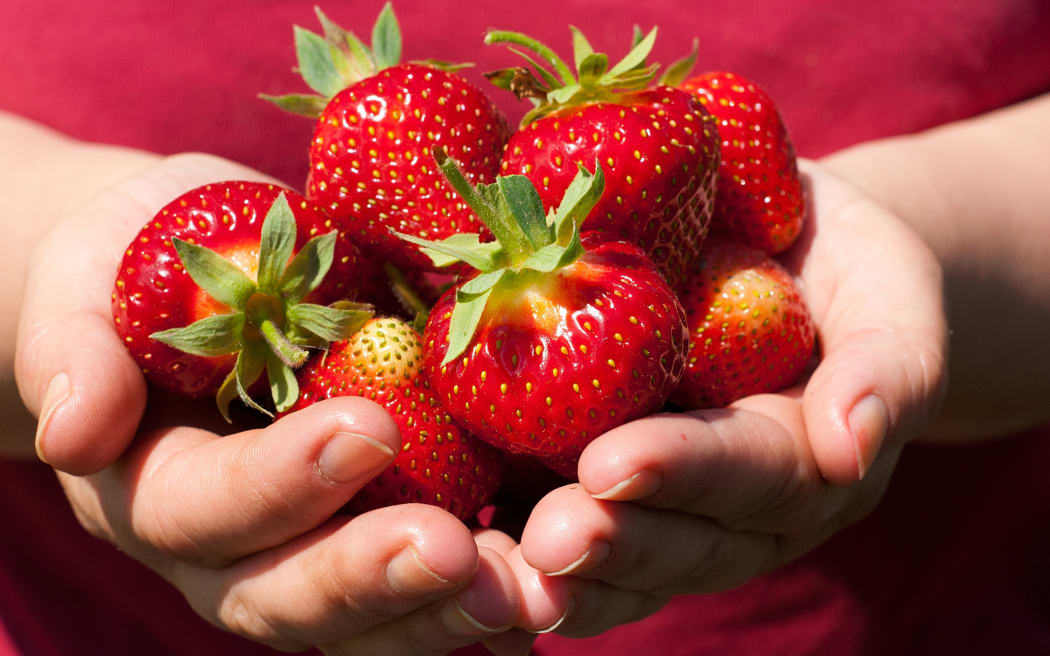Opinion: The reputation of New Zealand's strawberry industry could be contaminated by the needles found in Australian fruit, but our growers can still minimise the damage, writes Daniel Laufer.

NZ strawberry growers need to distance themselves from the problems facing their counterparts across the Tasman. Photo: 123RF
New Zealand strawberry growers face a challenging situation with the tampering of Australian strawberries. How can they convince consumers to continue buying strawberries, despite the highly publicised incidents of needles in strawberries grown in Australia?
The issue has made the headlines here in New Zealand with the first reported case yesterday of tampered Australian imported strawberries in an Auckland supermarket.
The issue should be of great concern to local strawberry growers because of the nature of the media coverage. The extensive reporting by the media creates an impression among consumers that the risk of finding a needle in strawberries is much higher than the actual likelihood, which is very low.
Images of needles in strawberries shown on the news and shared on social media also make the potential harm from buying strawberries seem much more real to consumers. Images are very powerful, and can influence consumer behaviour to the detriment of companies.
'Crisis contagion' is the risk that a crisis can spread from one company to another. A risk factor associated with crisis contagion is sharing a common industry. Unfortunately for NZ growers, Australian and NZ strawberries are competing products, and they are also sold in the same supermarket chains.
So there is a risk that consumers will assume that product tampering is happening to both New Zealand and Australian strawberries.
Our research on crisis contagion suggests that New Zealand growers can take two steps that can help minimise the damage.
The first is to emphasise that to date, no cases have been reported involving NZ grown strawberries. Local growers should also mention that by checking the country of origin label consumers can identify whether the strawberries are from Australia or New Zealand. The growers should also consider whether it is feasible to create a more prominent "Made in New Zealand" sticker, so it will be easier for consumers to identify the country of origin.
Another step NZ growers can take is to emphasise safeguards that minimise the chances of product tampering in New Zealand. If growers here have safeguards that Australia does not have, it would be very useful to communicate this information to consumers.
Many people may recall the highly publicised incident of a passenger dragged out of a United Airlines plane because of overbooking. Overbooking is an industry issue for airlines in the USA, and Delta Airlines did a good job in minimising the chances of crisis contagion by emphasising that its system differs from United Airlines because Delta Airlines deals with overbooking issues before passengers board the plane. Therefore, a passenger cannot be dragged off a plane on a Delta flight due to overbooking.
Do NZ growers have different safeguards in place that can convince consumers the risk is lower when compared with strawberries grown in Australia? If it does, it is very important to inform consumers of these differences.
Emphasising country of origin information and safeguards for minimising the risk of product tampering can help local industry during these challenging times.
* Daniel Laufer is an associate professor of marketing at Victoria University.



